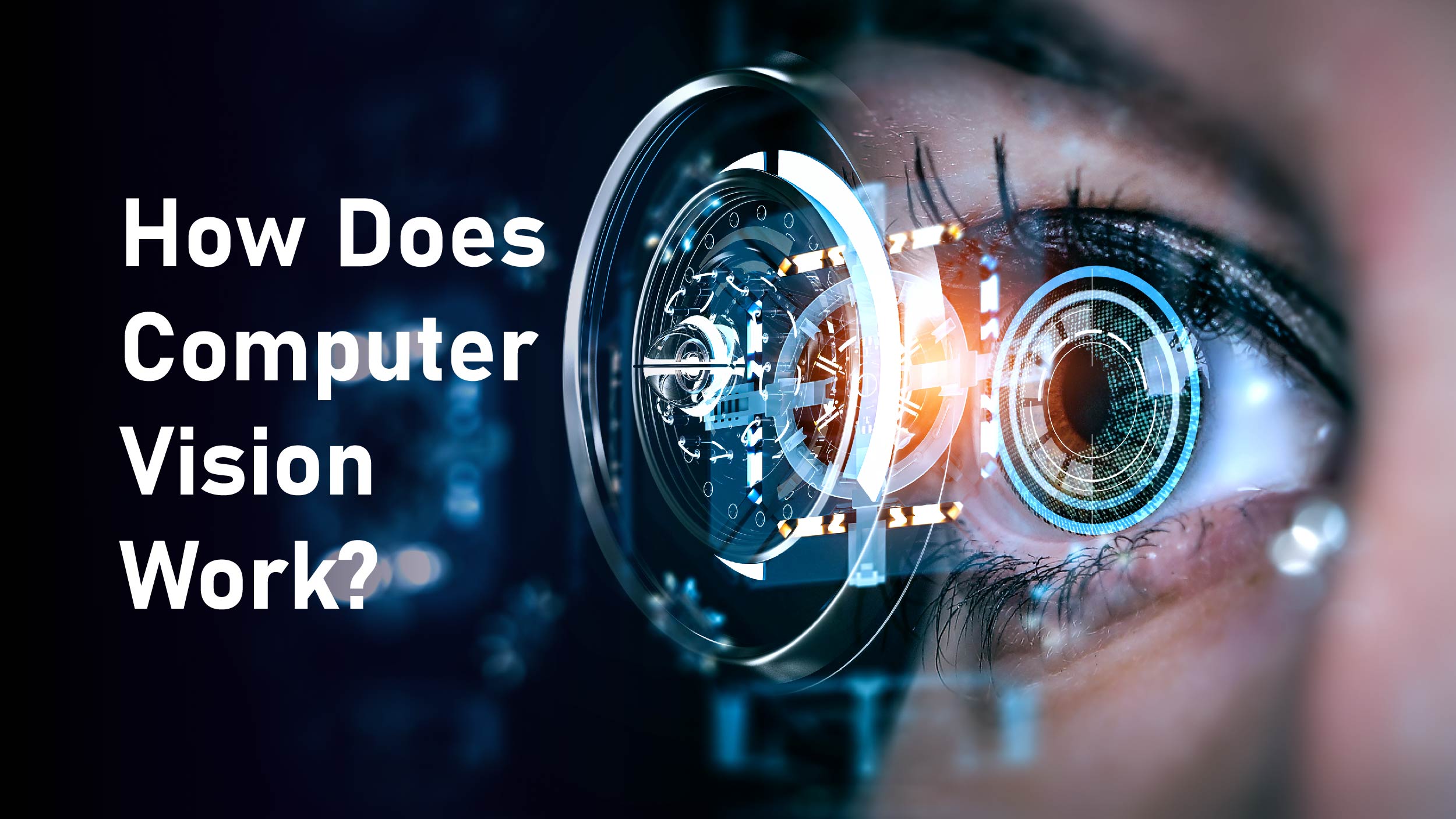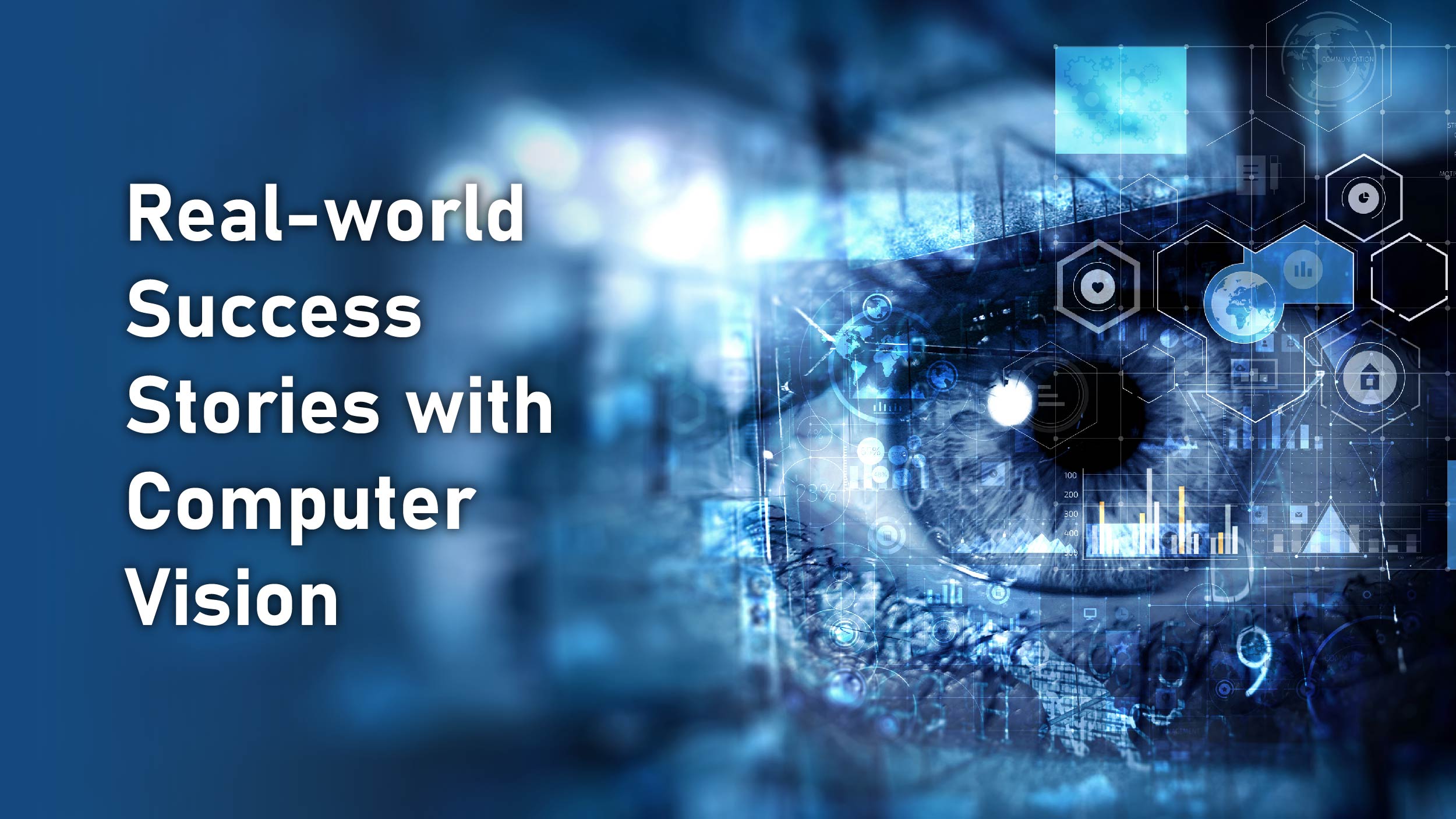If you’re thinking about adding facial recognition to your doorstep for extra home security, you’re on the right track! The good news is, it’s totally feasible. And guess what? Computer vision can do a whole lot more in various aspects of our lives.
Recently, there have been some amazing advancements in artificial intelligence, deep learning, and neural networks. Thanks to this amazing technology, we can now detect and label objects, doing tasks that were once beyond human capability.
It’s pretty cool how computers have become such valuable companions, making our lives more convenient, fun, and safe. Let’s dive into what exactly it is, how it works, and how it can amp up your everyday routine!
What is Computer Vision?
Computer Vision, a branch of artificial intelligence and deep learning, involves training computers to perceive & comprehend their surroundings with the guidance of human instructors.
Despite humans and animals being able to naturally address the issue of vision from an early stage, the task of enabling machines to accurately comprehend and interpret their environment through vision remains a predominantly unresolved challenge.
How Does Computer Vision Work?

Computer vision predominantly depends on the utilization of pattern recognition techniques to autonomously learn and comprehend visual data. The abundance of data, coupled with companies’ inclination to share it, has enabled deep learning specialists to leverage this data for enhanced accuracy and speed in the process.
Deep learning techniques have emerged as a superior alternative to traditional machine learning algorithms in this field of technology. Unlike machine learning, which necessitates a large volume of data and continuous human supervision during the initial stages to achieve optimal accuracy, deep learning relies on neural networks and utilizes labeled examples to learn and recognize common patterns on its own.
Top 5 Computer Vision Applications
Now that we have discussed the basics of this technology, let’s talk about some of the most common computer vision applications.
1. Self-driving cars
This technology is currently widely known for its application in self-driving cars, which has gained significant popularity. The emergence of innovative autonomous vehicle models from companies like Tesla indicates that this field will have a crucial contribution in advancing the development of novel computer vision algorithms.
2. Augmented reality
Augmented reality (AR) is a technique that enables users to experience their real environment enriched with computer-generated enhancements that align with the surroundings. Through the use of this technology, AR has vast potential, offering functionalities such as real-time translation of written text and the application of filters to real-world objects as we perceive them.
3. Medical imaging
Medical Imaging is a significant and pertinent subfield within this technology, whereby X-ray images and three-dimensional scans, such as MRIs, are categorized according to diseases such as pneumonia and cancer.
4. Manufacturing and Construction
This technology plays a crucial role in the automation of industrial manufacturing, serving as an essential component in the efforts to streamline processes.
The quality of manufactured goods improves with the introduction of systems for safety checks and fault identification.
Additionally, 3D vision systems make it feasible for production line inspections to be carried out efficiently that are not achievable for humans.
5. Retail
This technology has the potential to significantly enhance the customer experience in the retail industry. The emergence of AI-driven stores like “Amazon-go” in various locations across the United States suggests that retail could undergo a revolutionary transformation through the technology.
Real-world Success Stories with Computer Vision

Now that we have gained a basic understanding of how it works technically, let’s move on to some specific applications that showcase how they could potentially improve our lives.
● Image and video analysis:
Zoom, a top video conferencing company, uses computer vision to focus on and enhance the clarity of crucial parts of a video, mainly human faces, rather than background objects. This boosts video quality and user engagement.
● Robotics:
In March 2021, Amazon Web Services, Inc. launched “Amazon Lookout” – a user-friendly computer vision service for monitoring manufacturing processes. It was designed to make the technology more accessible for a broader range of manufacturing companies and help them integrate this technology into their operations.
● Autonomous vehicles:
A May 2021 Aventior, Inc. article highlights how the technology boosts safety in self-driving cars. Facial recognition, paired with sensors, swiftly identifies cars, pedestrians, and objects. Real-time 3D mapping and low light detection enhance self-driving vehicle reliability.
● Agriculture:
AgroScout employs drone cameras with the technology to identify agricultural details like crop health, soil conditions, and aerial views. They also utilize techniques like semantic segmentation and image annotations for crop and pest recognition.
● Retail:
Fashion brands like Levi’s, Tommy Hilfiger, and LuluLemon now offer virtual fitting rooms. Using the technology, customers can try on clothes, shoes, and accessories before buying. It is super handy, letting you see different styles and colors in real time.
Eyes of the Future
Computer vision holds a promising future, demonstrating its ability to not only capture and interpret images but also make insightful predictions and analyses using the acquired data. When combined with artificial intelligence and deep learning, the technology has the potential to develop highly efficient applications that rival or even surpass human visual capabilities.
With the assistance of an AI development company, individuals can swiftly transform their computer vision software from a mere concept to a marketable product. For example, with the help of several tools such as Unity Computer Vision, one can generate and analyze synthetic data for computer vision model training. In short, this technology can uncover subtle details within extensive data sets, empowering human decision-making with accurate and factual information.




